Participating in an Ironman event is a significant challenge, requiring careful preparation and a clear understanding of the rules, especially when it comes to the swim portion. The rules around wearing wetsuits are particularly crucial, as they affect not only comfort and performance but also compliance with the event’s regulations.
This blog will cover the essential Ironman triathlon wetsuit rules, explaining when and how to wear a wetsuit, the benefits and limitations, and the factors to consider when choosing a wetsuit for your next triathlon race. For any athletes participating in an Ironman or USA Triathlon race, please read through this blog so you are not disqualified due to a misunderstanding.
General Wetsuit Regulations for Ironman and USA Triathlon Events

Water Temperature Guidelines for Ironman
The main factor in determining if a wetsuit is allowed in an Ironman and USA Triathlon event is the water temperature. Here are the rules:
• Below 60.8°F (16°C): Wetsuits are mandatory for all athletes. Wearing a wetsuit in these temperatures is essential to protect against cold water shock and hypothermia.
• Between 60.8°F (16°C) and 76.1°F (24.5°C): Wetsuits are allowed for age-group athletes. For professional athletes, the cutoff is slightly lower at 71.5°F (21.9°C).
• Between 76.2°F (24.55°C) and 83.8°F (28.8°C): Wetsuits are allowed, but such athletes who wear them will not be eligible for age group awards, including Ironman World Championship slots. The USA Triathlon allows wetsuits up to 78°F before they are banned for award eligibility.
• Above 83.8°F (28.8°C): Wetsuits are banned for all competitors due to the risk of overheating.
Water temperature is measured on race morning about two hours before the swim portion begins to determine whether wetsuits are legal. Athletes should be prepared for both wetsuit-legal and non-wetsuit swims, depending on the day’s conditions.
Wetsuit Thickness Requirements
To comply with Ironman triathlon wetsuit rules your wetsuit must not be more than 5mm thick anywhere. Thicker wetsuits are not allowed because they provide extra buoyancy and give an unfair advantage. The neoprene in wetsuits also affects flexibility, thicker wetsuits can restrict movement, especially in the shoulders which is crucial for the 2.4-mile long-distance swim.
Approved Wetsuit Types
Athletes can choose from several types of wetsuits, but not all are permitted in every race scenario:
• Full-Length Wetsuits: Cover the entire body from neck to ankles, providing maximum warmth and buoyancy. These are the most popular choice for cold water swims.
• Sleeveless Wetsuits: Offer more flexibility in the shoulders but less warmth. Ideal for moderately cold water where full-length might feel restrictive.
• Prohibited Gear: Neoprene shorts, buoyancy aids, or wetsuits with non-standard materials or designs are generally banned. It’s essential to check if your specific wetsuit model is approved for use in your triathlon race.
Specific Guidelines for Ironman Athletes
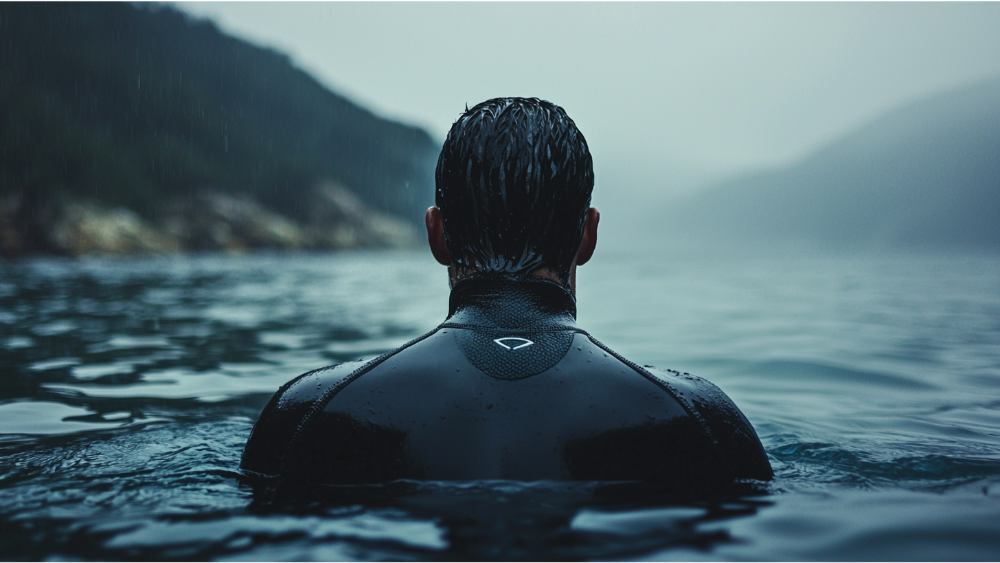
Rules for Age-Group Athletes vs. Professional Athletes
Ironman events distinguish between age-group athletes and professional athletes regarding wetsuit regulations:
• Age-Group Athletes: These competitors have slightly more flexibility in wetsuit rules. They can wear wetsuits up to 76.1°F (24.5°C) without penalties.
• Professional Athletes: For professionals, wetsuits are only allowed up to 71.5°F (21.9°C). This stricter rule ensures a level playing field, as professional athletes are expected to perform under more challenging conditions.
These differences help maintain fairness and promote safety, especially since professional races are typically more competitive.
Procedures for Temperature Measurement
On race morning, the water temperature is measured 50 cm below the surface at multiple points around the swim course to ensure accuracy. Race organizers use this data to decide whether wetsuits are allowed. This decision is usually communicated to the athletes about an hour before the race starts. Therefore, it is essential to be prepared for both wetsuit and non-wetsuit swims to comply with the wetsuit rules.
Safety Considerations for Wetsuit Use
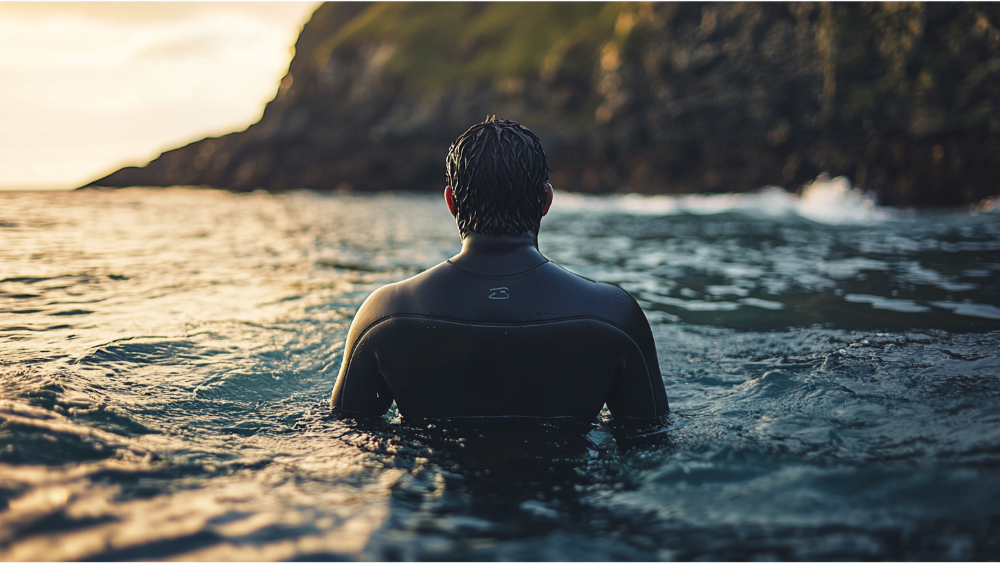
In cold water, wetsuits provide critical insulation to keep athletes warm and prevent hypothermia. Wetsuits help retain body heat so open-water swimming is safer and more comfortable. For these athletes wearing a wetsuit is not just about comfort but about safety as the body can lose heat rapidly in cold conditions and lead to serious health risks.
Overheating Risks in Warmer Water
Wearing a wetsuit in warmer water can cause overheating which can lead to increased heart rate, dehydration and even heat stroke. Symptoms of overheating are dizziness, muscle cramps and fatigue which can severely impact performance and safety. That’s why wetsuits are banned above 83.8°F (28.8°C) and athletes wearing wetsuits between 76.2°F and 83.8°F are not eligible for awards or Ironman World Championship slots.
Benefits of Wearing a Wetsuit in Ironman
Warmth and Protection
Wetsuits keep you warm in cold water so you can focus on your performance and not the cold. They also provide a layer of protection from environmental factors like jellyfish stings or floating debris that you may encounter during the triathlon swim.
Improved Buoyancy and Speed
Wetsuits provide buoyancy so you’re higher in the water, reduce drag, and improve speed. This is good for weaker swimmers or beginners who struggle to stay horizontal. The buoyancy also helps conserve energy which is crucial for the bike and run parts of the race.
How to Choose the Right Wetsuit
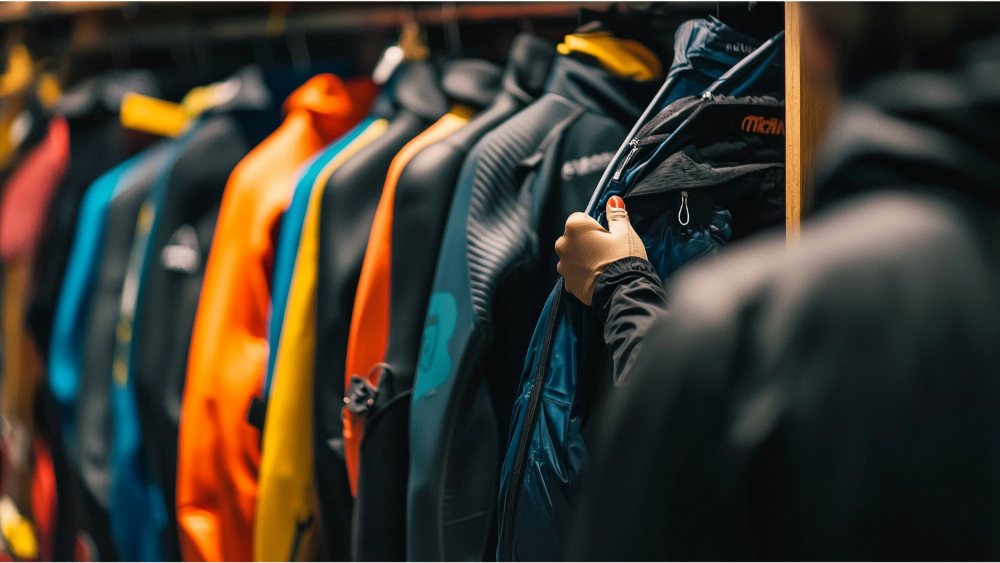
Know the typical water conditions of the race location. For cold water temperatures, a full-length wetsuit with maximum thickness (5mm) may be the way to go. For moderately cold water a sleeveless wetsuit can be a good balance of warmth and flexibility. Be prepared for all scenarios and practice in both wetsuit and non-wetsuit conditions to avoid surprises on race day.
Types of Wetsuits and Suit Features
When choosing a wetsuit consider fit, flexibility, and comfort. A well-fitting wetsuit should be snug but not restrictive, especially around the shoulders. Look for features like strategically placed seams, easy-to-use zippers, and varying thickness levels that provide warmth and flexibility.
Preparing for Race Day
It’s essential to practice swimming in open water with the wetsuit you plan to use on race day. This allows you to get accustomed to the feel of the wetsuit, understand any restrictions it might impose, and find your optimal swim rhythm. Knowing your wetsuit will also help reduce your transition time from the swim to the bike course. This helps a lot!
Transition Tips
Removing the wetsuit quickly in T1 can save you seconds. Practice rolling down the wetsuit to your hips while moving towards your bike then step out of the legs smoothly. Use body glide or other anti-chafing balms around the wrists, ankles, and neck to prevent the wetsuit from sticking to your skin.
Common Violations and Penalties Related to Wetsuit Rules
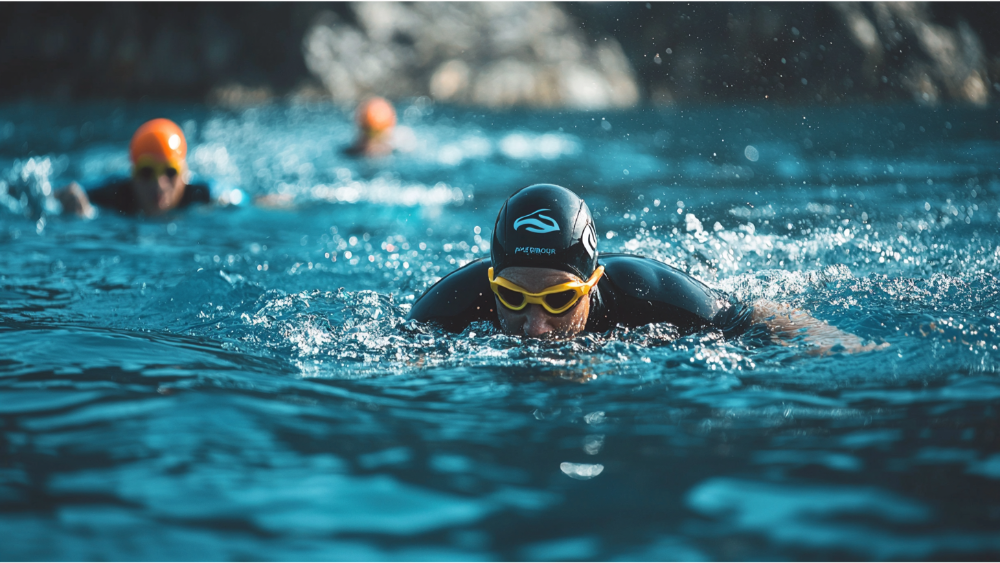
Common wetsuit rule violations are wearing a wetsuit in non-wetsuit conditions, using wetsuits thicker than 5mm or using prohibited gear like neoprene shorts. These can result in time penalties or disqualification from the event.
Ensuring Compliance
To check compliance make sure your wetsuit meets all the requirements set by the race organizers. Check the athlete guide provided by the race or consult with the wetsuit manufacturer to confirm it complies with all Ironman triathlon wetsuit rules.
Adapting to Different Scenarios
If the water temperature is above the allowed threshold you need to prepare for a non-wetsuit swim. In this case consider wearing a swimskin, a tight-fitting garment that reduces drag in the water without providing buoyancy or warmth. Speedo creates some awesome products!
Handling Unexpected Weather or Temperature Changes
Always be flexible and prepared for sudden changes in water temperatures or weather conditions. Adapt your race strategy accordingly, and always have a backup plan to manage unexpected changes.
Frequently Asked Ironman Wetsuit Rules Questions

Are wetsuits legal in Ironman?
Wetsuits are legal in Ironman events, provided the water temperature falls within the allowable range for wetsuit use as set by race organizers. Athletes must adhere to specific temperature limits, with wetsuits allowed in temperatures below 83.8°F (28.8°C). Participants need to check the race guidelines and updates on race morning to ensure compliance.
What is the maximum thickness of a wetsuit for Ironman?
The maximum thickness of a wetsuit for Ironman events is 5mm. Athletes must ensure that their wetsuits do not exceed this thickness to remain compliant with race regulations. Wetsuits thicker than the allowed limit may result in disqualification or time penalties during the competition.
Conclusion
Knowing the Ironman wetsuit rules is key for any Ironman athlete. These rules are in place for safety, fairness, and optimal performance across all events. By reading these guidelines, practicing with your wetsuit, and preparing for all scenarios you’ll be ready to rock the swim and beyond. Stay informed, stay prepared, and swim with confidence knowing you’ve done everything to comply with the rules and perform at your best.
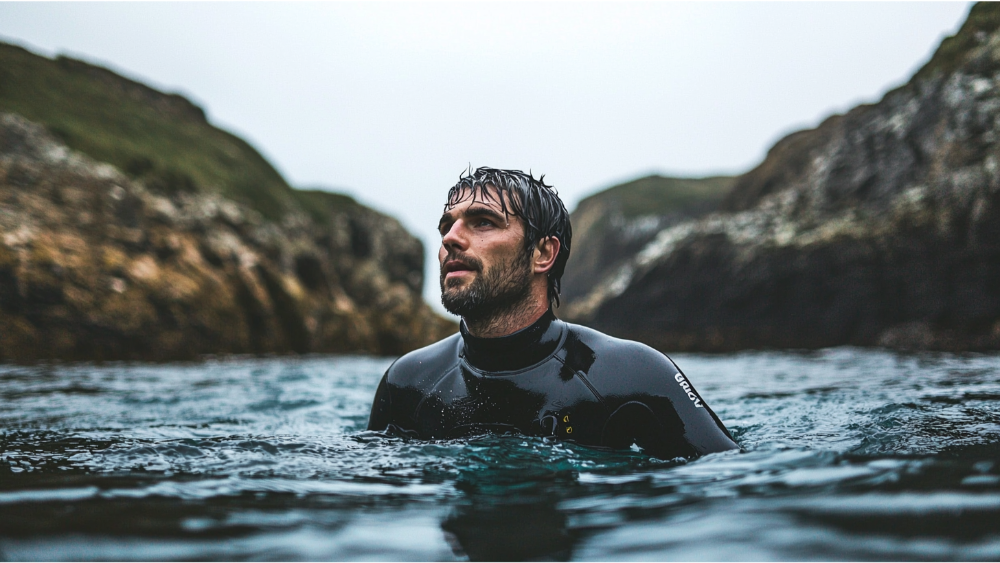
Leave a Reply